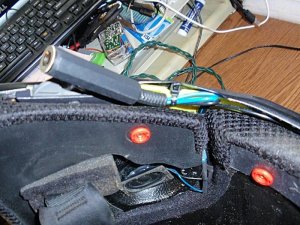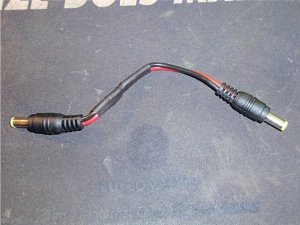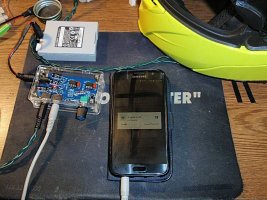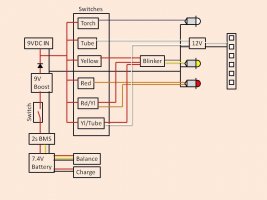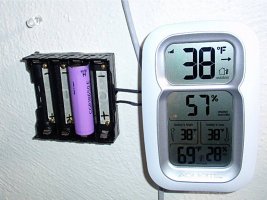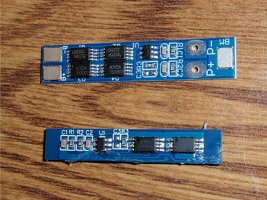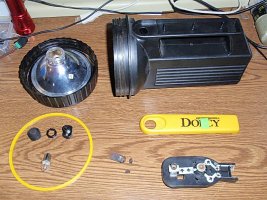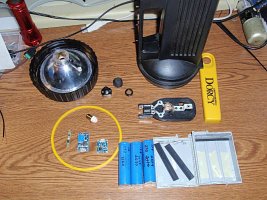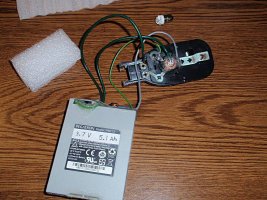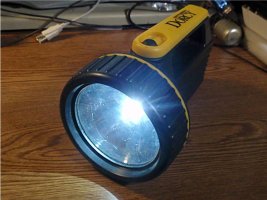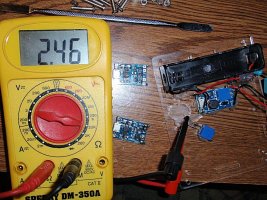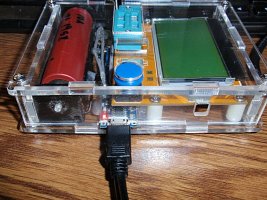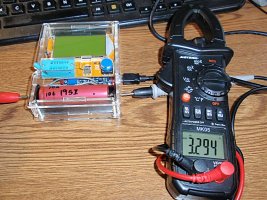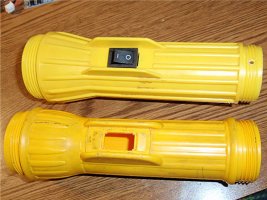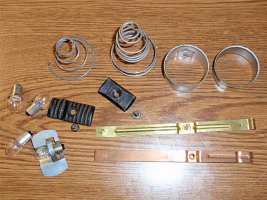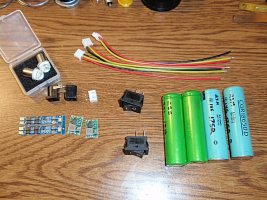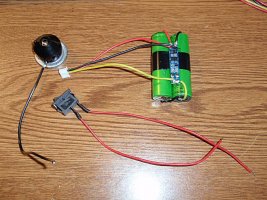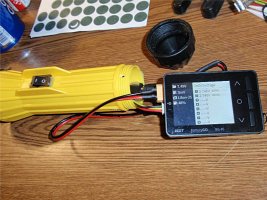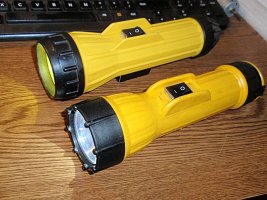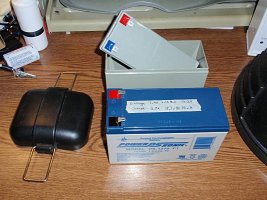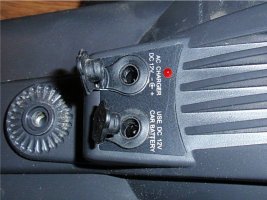rebelrider.mike
Member
- Joined
- May 25, 2017
- Messages
- 554
I guess we can't post to old threads anymore. 
So here's a continuation of:https://secondlifestorage.com/showthread.php?tid=2012&pid=11351#pid11351
Helmet audio project:
When I ride my motorcycle long distances, and have to get to a specific location, I like to use my cell phone's Google Maps app. But I can't hear a thing because of the wind and engine noise.
I also can't afford all that fancy blu-tooth stuff they make for bikers. So I'll make due with various bits of junk and cheep things I've got laying around.
First I got some speakers for the helmet. I don't have pictures of that yet, so I'll skip to the part where I discovered I'd need an amplifier...
Found this tiny amplifier super cheap from China. Some assembly required, but that's part of the fun, yes?

The directions were surprisingly easy to read.
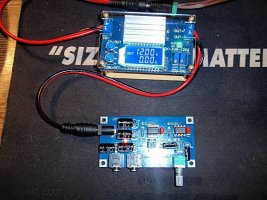
Now, I don't know much about amplifiers. But here I'm trying to see how much current it needs. At 12V, it's drawing less than I can measure. Maybe it uses more when there is actual sound going through it? In any case, a 3s1p 18650 battery should be plenty to power it. I tested the device on the full range of such a battery, and it works fine.
I thought about just plugging it into the motorcycle's electrical, but then I'd have yet another cable attaching me to the bike.

Here it is with the acrylic case that came with it, and some cables I used to try it out. Works great, with very clear sound, and it definitely makes audio signals louder. If the input is too strong, the sound will start to break up at full volume, but it seems to work well with my phone.
See, I have this issue where the phone will default to about 80% volume without my asking, when I need 100%. It's an annoying safety feature. But it works out well, because the volume it keeps defaulting to is about as loud as the amp can handle. So I can have the amp at max volume without the sound breaking up.
I gotta take more pictures, but later I'll post about the helmet and the DIY 18650 battery I made for it.
So here's a continuation of:https://secondlifestorage.com/showthread.php?tid=2012&pid=11351#pid11351
Helmet audio project:
When I ride my motorcycle long distances, and have to get to a specific location, I like to use my cell phone's Google Maps app. But I can't hear a thing because of the wind and engine noise.
I also can't afford all that fancy blu-tooth stuff they make for bikers. So I'll make due with various bits of junk and cheep things I've got laying around.
First I got some speakers for the helmet. I don't have pictures of that yet, so I'll skip to the part where I discovered I'd need an amplifier...
Found this tiny amplifier super cheap from China. Some assembly required, but that's part of the fun, yes?

The directions were surprisingly easy to read.

Now, I don't know much about amplifiers. But here I'm trying to see how much current it needs. At 12V, it's drawing less than I can measure. Maybe it uses more when there is actual sound going through it? In any case, a 3s1p 18650 battery should be plenty to power it. I tested the device on the full range of such a battery, and it works fine.
I thought about just plugging it into the motorcycle's electrical, but then I'd have yet another cable attaching me to the bike.

Here it is with the acrylic case that came with it, and some cables I used to try it out. Works great, with very clear sound, and it definitely makes audio signals louder. If the input is too strong, the sound will start to break up at full volume, but it seems to work well with my phone.
See, I have this issue where the phone will default to about 80% volume without my asking, when I need 100%. It's an annoying safety feature. But it works out well, because the volume it keeps defaulting to is about as loud as the amp can handle. So I can have the amp at max volume without the sound breaking up.
I gotta take more pictures, but later I'll post about the helmet and the DIY 18650 battery I made for it.




